Appendicitis
Table of Contents
What is an Appendicitis?
Appendicitis is a medical condition where the appendix, a small pouch attached to the large intestine area, becomes inflamed and infected. Symptoms can include abdominal pain, especially on the right side, nausea, vomiting, and fever.
If you suspect you have appendicitis, seek medical attention immediately, as it often requires surgical removal of the inflamed appendix.
Causes of Appendicitis
This obstruction can be caused by factors such as a buildup of mucus, stool, or lymphatic tissue. When the appendix becomes blocked, bacteria can multiply within it, leading to inflammation, swelling, and infection. In some cases, this can progress to the point where the appendix may rupture, which is a serious and potentially life-threatening complication
- Infection: Bacterial or viral infections in the gastrointestinal tract can lead to inflammation of the appendix.
- Enlarged Lymphatic Tissue: Lymphatic tissue in the appendix can become enlarged and block the opening, leading to inflammation.
- Gastrointestinal Issues: Conditions like Crohn’s disease or ulcerative colitis can increase the risk of appendicitis.
- Genetics: There might be a genetic predisposition that makes some individuals more prone to appendicitis.
Risk Factor
Certainly, here are some common risk factors associated with a higher likelihood of developing appendicitis:
- Age: Appendicitis is most common among people between the ages of 10 and 30.
- Gender: It’s slightly more common in males than females.Family History: If a close family member has had appendicitis, you might have a higher risk.
- Diet: A low-fiber diet might increase the risk of developing appendicitis.
- Obstruction: Anything that blocks the opening of the appendix, such as hardened stool or enlarged lymphoid follicles, can lead to inflammation.
- Gastrointestinal Conditions: Conditions like Crohn’s disease, which involve inflammation of the digestive tract, can increase the risk.
- Infection: Gastrointestinal infections might play a role in triggering appendicitis.
- Environmental Factors: Some research suggests exposure to certain infections during childhood might influence the risk.
Symptoms of Appendicitis
- Abdominal Pain: The most typical symptom is an ache that starts near the navel and then moves to the lower right side of the abdomen area. The pain can become severe over time of period.
- Loss of Appetite: An instant loss of interest in food can be a sign.
- Nausea and Vomiting: These symptoms often accompany the stomach ache.
- Fever: A mild fever might be present.
- Inability to Pass Gas: Difficulty passing gas could indicate a blockage in the digestive tract.
- Diarrhea or Constipation: Changes in bowel habits might occur.
- Abdominal Swelling: The abdomen might become swollen or bloated.
- Painful Urination: Some individuals might experience pain while urinating.
Diagnosis
The diagnosis of appendicitis typically involves a combination of medical history, physical examination, and possibly some diagnostic tests. Here’s how it’s generally approached:
- Medical History: The doctor will ask about your symptoms, when they started, and their progression.
- Physical Examination: The doctor will perform a physical examination, including checking for tenderness in the lower right abdomen, which is a common sign of appendicitis.
- Blood Tests: Blood tests, including a white blood cell count, might be done to check for signs of infection.
- Imaging Tests: Imaging techniques like ultrasound or computed tomography (CT) scan can help visualize the appendix and surrounding area to assess inflammation or any other abnormalities.
- Urinalysis: A urine test might be done to rule out other conditions that can cause similar symptoms.
- Diagnostic Laparoscopy: In some cases, a minimally invasive surgical procedure called laparoscopy might be performed to directly visualize the appendix and confirm the diagnosis.
Medical Treatment of Appendicitis
The antibiotics used for appendicitis include:
- Cefotetan (Cefotan)
- cefotaxime (Claforan)
- piperacillin and tazobactam (Zosyn)
- ampicillin and sulbactam (Unasyn)
- Ceftriaxone (Rocephin)
- cefepime (Maxipime)
- gentamicin (Garamycin)
- meropenem (Merrem)
Physiotherapy Treatment
Physiotherapy is a branch of healthcare focused on restoring and maintaining physical function and mobility. It is more commonly used in the treatment of conditions related to muscles, joints, and movement.
However, after an appendectomy (surgical removal of the appendix), physiotherapy might play a role in your recovery. Physiotherapists can help with post-operative rehabilitation, including:
- Pain Management: Providing techniques to manage pain and discomfort after surgery.
- Breathing Exercises: Teaching breathing exercises to prevent respiratory complications that can arise after abdominal surgery.
- Mobility and Exercises: Gradually introduce movement and exercises to restore strength, flexibility, and mobility.
- Scar Management: Providing guidance on scar tissue management and techniques to promote healing.
Exercises
After an appendectomy, it’s important to start with gentle exercises as part of your recovery process. Always follow your doctor’s recommendations and guidance from a qualified healthcare professional or physiotherapist. Here are some exercises that might be recommended during the recovery phase:
- Deep Breathing Exercises: Deep breathing exercises help prevent lung complications. Inhale deeply breathe through your nose, expanding the patient’s diaphragm, and then exhale slowly through your mouth.
- Leg Exercises: Ankle pumps, leg lifts, and gentle ankle circles can help improve blood circulation and prevent blood clots.
- Walking: Start with short, slow walks around your home or a safe area. Gradually increase the distance and pace as patients feel comfortable.
- Core Activation: Gentle pelvic tilts and light core engagement exercises can help strengthen your abdominal muscles without putting too much strain on the incision site.
- Stretching: Gentle upper body stretches can help maintain flexibility and prevent muscle stiffness.
- Incision Care: Follow any specific exercises or movements recommended by your surgeon or physiotherapist to aid incision healing and prevent adhesions.
- Seated Leg Extensions: Sit on a chair with your back straight. Slowly extend one leg at a time in front of you, holding for a few seconds before lowering it. This helps maintain leg strength.
- Gentle Twisting: While seated or standing, gently twist your upper body from side to side, keeping your movements slow and controlled. This can help maintain flexibility in your torso.
- Wall Slides: Lean your back against a wall and slide down into a partial squat. Hold the position for a few seconds and then slide back up. This helps work your leg muscles without putting too much strain on the abdomen.
- Arm Circles: Stand up straight and extend your arms out to the sides. Make small circles with the patient’s arms, gradually increasing the circle size. This helps improve shoulder mobility.
- Ankle Alphabet: While sitting, lift one foot off the ground and use your ankle to “write” the alphabet in the air. This helps maintain ankle mobility.
- Heel Slides: Lie on the patient’s back with your legs extended. Gently bend one knee, sliding your heel towards your buttocks, and then extend the leg back out. Repeat with the other leg. This exercise helps maintain knee mobility.
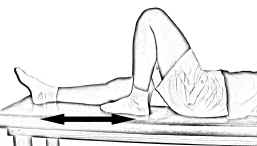
- Pelvic Tilts: Lie on the patient’s back with your knees bent and feet flat on the ground. Gently tilt your pelvis to flatten your lower back against the floor, and then release. This exercise can help engage core muscles.
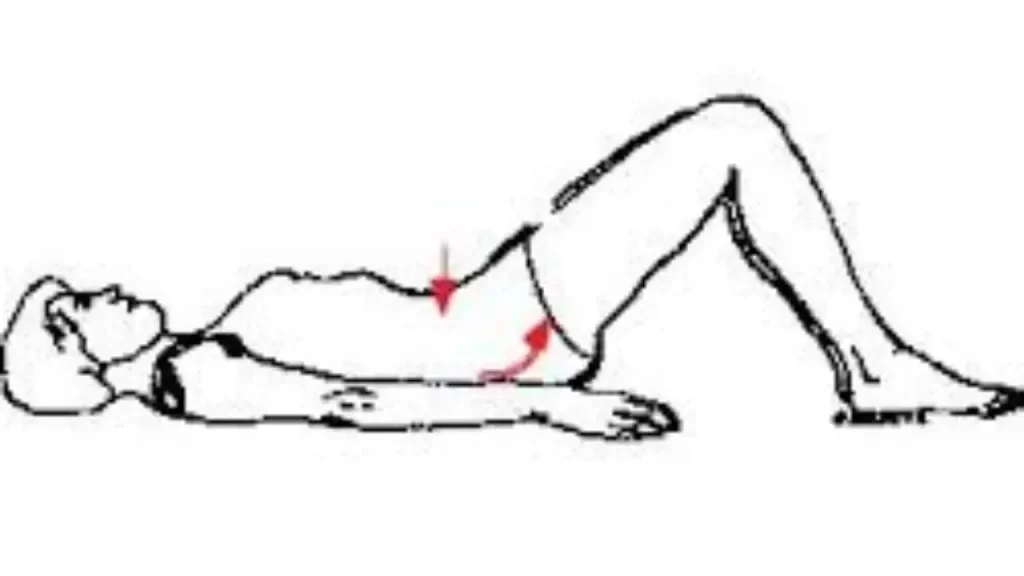
- Knee-to-Chest Stretch: Lie on your back and gently bring one knee toward your chest, holding it with your hands. Hold the stretch for a few seconds and then switch other legs. This stretch helps relieve tension in the lower back and hips.
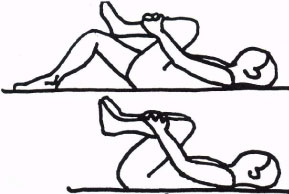
- Seated Shoulder Rolls: Sit comfortably and roll your shoulders forward and then backward in a circular motion. This exercise can help release tension in the shoulder area.
- Seated Neck Stretches: Gently tilt your head to one side, bringing your ear toward your shoulder. Hold the stretch for a few seconds and then switch the other sides. This can help alleviate neck stiffness.
- Ankle Toe Movement and Circles: While sitting, move your ankles up and down in a pumping motion, and then rotate them in circles. This helps improve ankle flexibility and circulation.
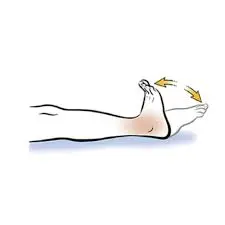
- Seated Torso Twists: Sit on a chair with your back straight. Place one hand on the opposite knee and gently twist your torso in that direction, looking over your shoulder. Hold the position for a few seconds and switch the other sides.
- Seated Leg Crosses: Sit on a chair and cross one ankle over the opposite knee. Gently press down on the crossed knee to feel a stretch in the patient’s hip. Hold the position for 15 to 17 seconds and switch the other sides.
- Bridging: Lie on the patient’s back with your knees bent and feet flat on the ground. Lift the patient’s hips off the ground, engaging your glutes and core muscles. Hold the position for a few seconds and then lower the patient’s hips back down.

- Wall Angels: Stand with the patient’s back against a wall and the patient’s arms extended out to the sides. Slowly slide your arms up the wall as far as you can while keeping contact with the wall, and then lower them back down.
Surgery
Surgery for appendicitis is called an “appendectomy.” It involves the removal of the inflamed appendix. There are two main surgery approaches to performing an appendectomy:
- Open Appendectomy: In this traditional surgical method, a single larger incision (cut) is made in the lower right abdomen. The surgeon accesses the appendix through this incision, removes it, and then closes the incision with stitches or staples.
- Laparoscopic Appendectomy: This is a minimally invasive approach where several small incisions are made in the abdomen. A thin tube with a camera (laparoscope) and surgical instruments are inserted through these incisions. The surgeon watches a video feed from the camera to guide the removal of the appendix. Laparoscopic surgery often leads to smaller scars, quicker recovery, and less postoperative pain compared to an open procedure.
Prevention
- Maintain a Healthy Weight: Being overweight or obese can increase the risk of certain health issues, so aiming for a healthy weight through balanced eating and regular exercise could be beneficial.
- Manage Stress: Chronic stress can impact the immune system and overall health. Practicing stress management techniques like meditation, yoga, or deep breathing might help.
- Avoid Smoking: Smoking is linked to various health problems, including inflammation and infection risks. Quitting smoking can improve the patient’s overall health.
- Stay Vaccinated: Some infections can lead to gastrointestinal issues. Staying up-to-date on vaccinations can help prevent certain infections.
- Stay Hygienic: Practicing good hygiene, such as washing your hands before meals and after using the restroom, can help prevent the spread of infections.
- Stay Informed: Educate yourself about the signs and symptoms of appendicitis so you can recognize them early and seek medical attention promptly if needed.
- Listen to Your Body: Pay attention to any changes in your health and consult a healthcare professional if you experience persistent discomfort or unusual symptoms.
- Healthy Diet: Eating a diet rich in fiber and avoiding excessive consumption of processed foods might contribute to better gastrointestinal health.
- Hydration: Staying well-hydrated supports overall health and can help maintain digestive function.
- Regular Exercise: Engaging in regular physical activity can help maintain healthy bowel function and reduce the risk of gastrointestinal issues.
Home Advice
- Do Not Delay Medical Care: If you’re experiencing symptoms such as severe abdominal pain, especially in the lower right side, along with fever, nausea, and vomiting, do not wait. Seek medical attention immediately. Appendicitis can worsen quickly, and early intervention is crucial.
- Rest: If you’re experiencing discomfort, it’s okay to rest in a comfortable position that reduces strain on your abdomen.
- Avoid Food and Drink: If you’re experiencing nausea or vomiting, it’s often recommended to avoid eating or drinking until you receive medical guidance.
- Do Not Use Heating Pads: Applying heat to the abdominal area might mask symptoms and delay proper diagnosis. Avoid using heating pads unless directed by a medical professional.
- Avoid Over-the-counter Pain Medication: Pain medication might mask symptoms and make it more difficult for doctors to accurately diagnose the condition. Avoid using over-the-counter pain relief until you’ve been evaluated by a healthcare provider.
- Stay Hydrated: If you’re not experiencing nausea and vomiting, it’s important to stay drinking clear fluids.
FAQ
Appendicitis is the inflammation of the appendix, a small pouch attached to the large intestine area. It can lead to symptoms such as severe abdominal pain, nausea, vomiting, and fever.
Appendicitis is often caused by a blockage in the appendix, which can lead to bacterial infection and inflammation. The blockage can result from factors like mucus, stool,or enlarged lymphatic tissue.
Common symptoms include abdominal pain (usually starting near the navel and moving to the lower right side), loss of appetite, nausea, vomiting, fever, and abdominal tenderness.
Diagnosis involves a medical history assessment, physical examination, blood tests, and possibly
imaging tests like ultrasound or CT scans.
The primary treatment for appendicitis is surgery to remove the inflamed appendix, known as an appendectomy. Antibiotics may also be used to control infection before or after surgery.
No, appendicitis does not typically resolve on its own. It usually requires surgical intervention to prevent complications.
Antibiotics are often used in conjunction with surgery to manage infection and inflammation. However, surgery is the primary treatment for appendicitis.

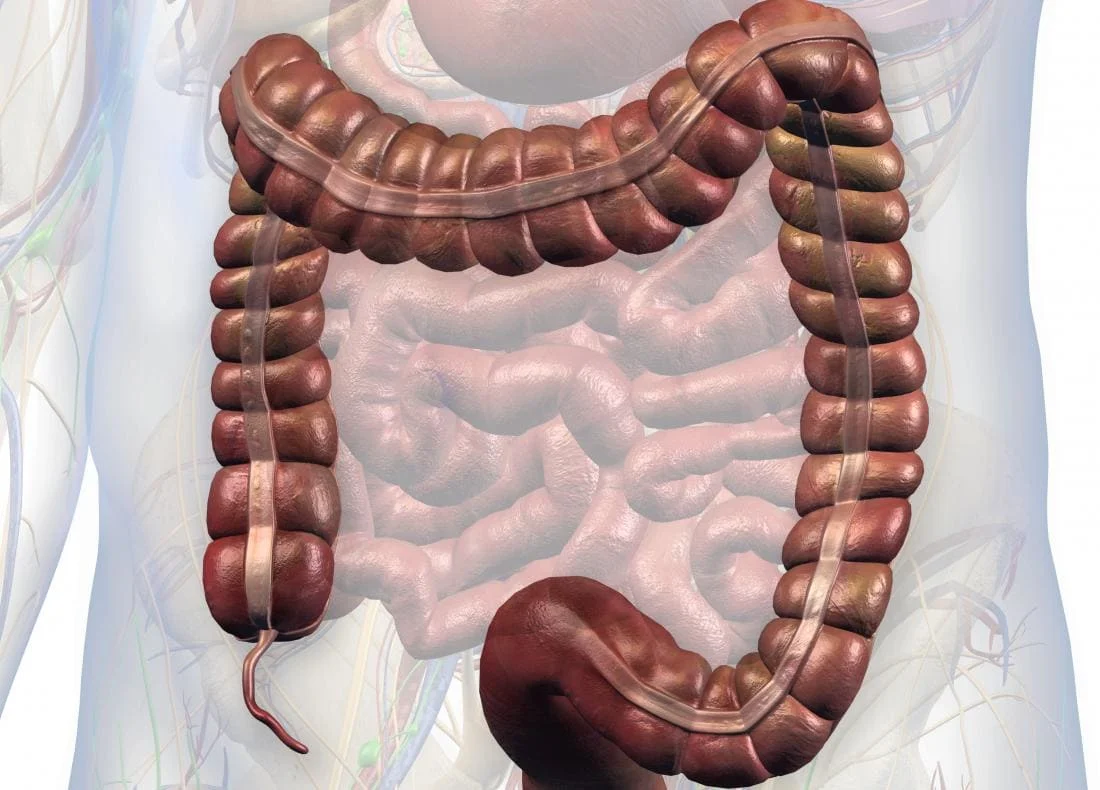
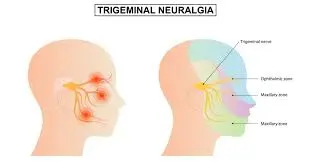
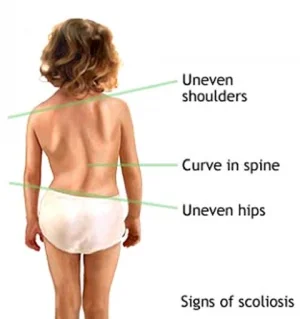

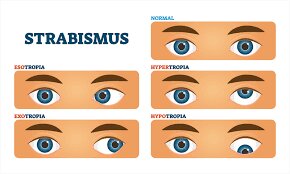
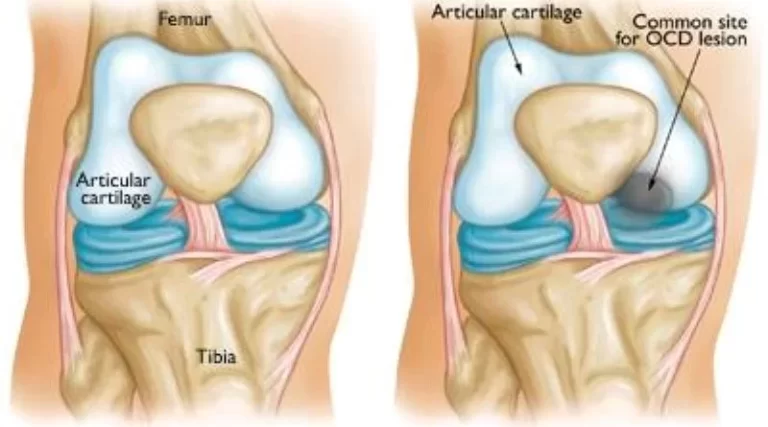
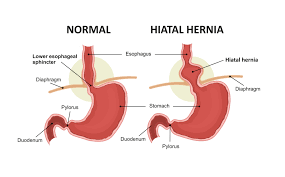
One Comment